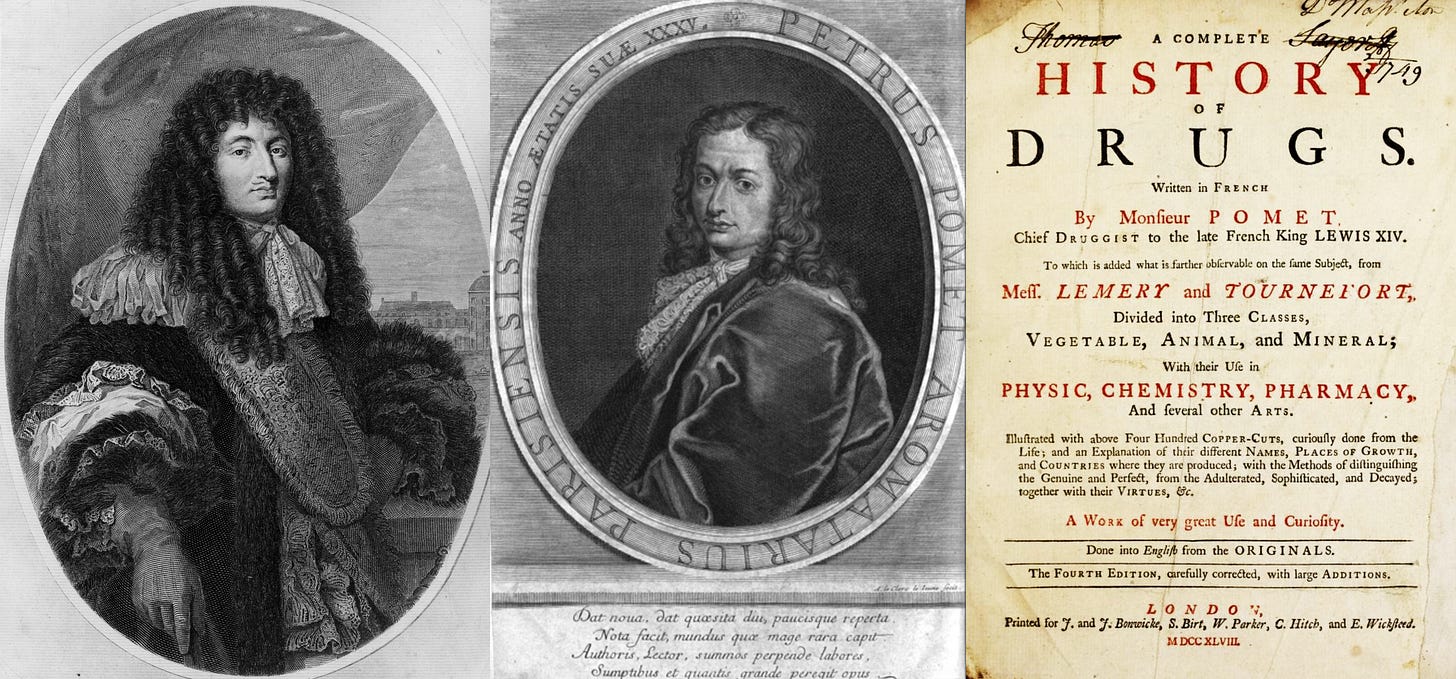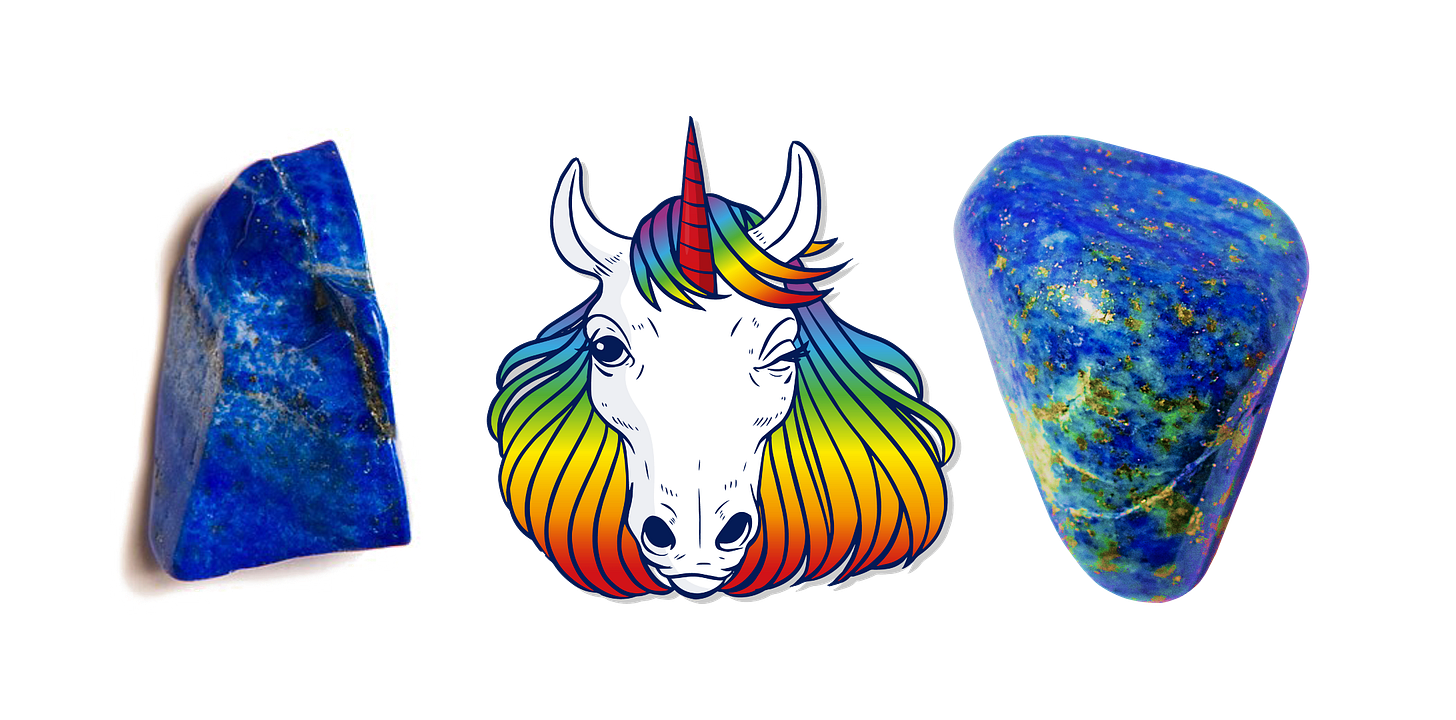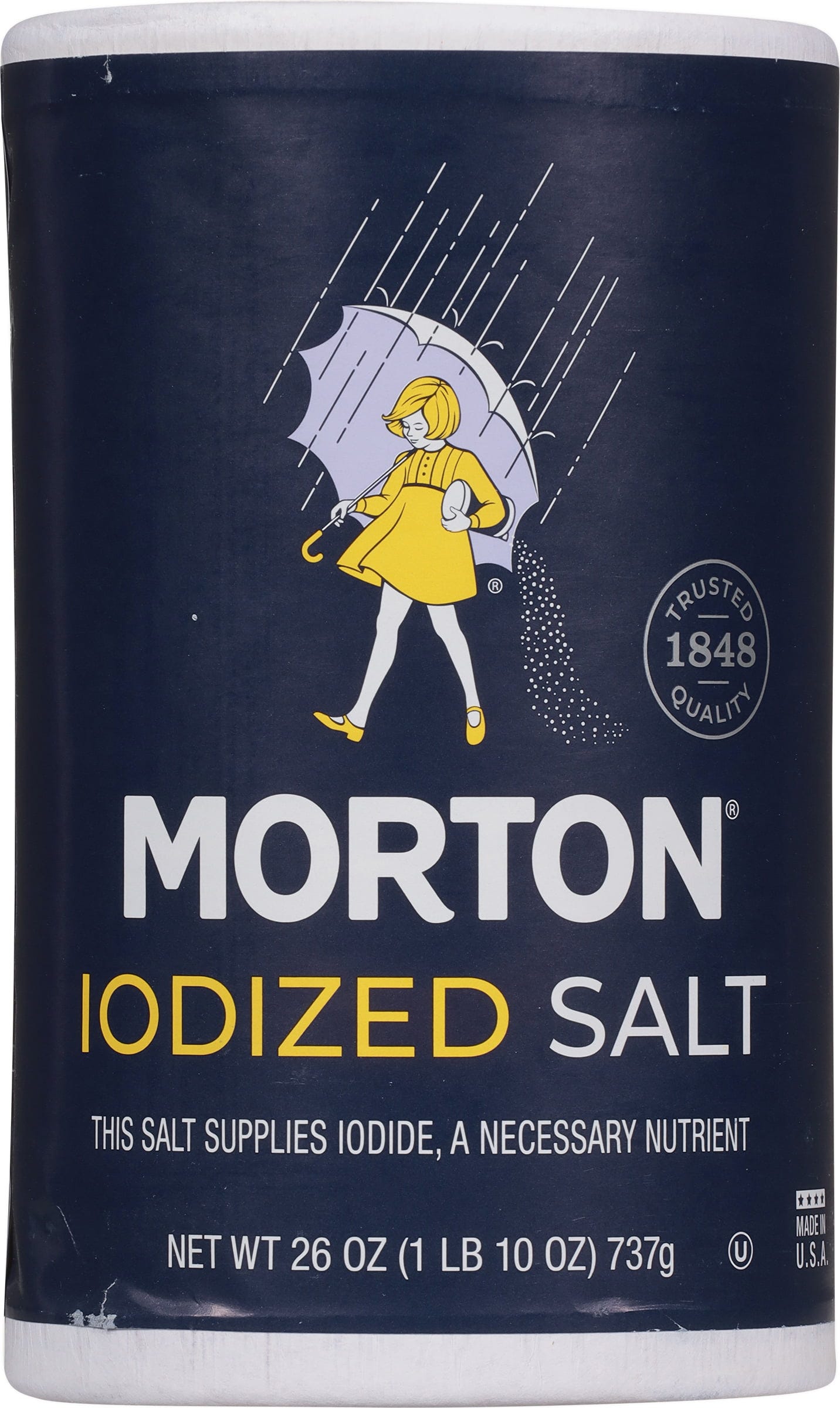The following is an excerpt from p. 34-37 of Chapter 1, “Precious Crystals: What Salt Teaches Us About Drugs” from my book, Drugism (2022):
Although it might surprise modern readers, who may associate salt with health problems and ads beckoning them with claims of “50% Less Salt,” etc., salt was historically used as medicine. Like just about every other ingestible substance used in religious ritual, it was cherished for its medical benefits. While salt’s medical uses were beneficial in ancient times, conditions have changed drastically since, and there are countless drugs to be used for every indication that salt was used for historically. Readers are not encouraged to use salt for any of the reasons described below; this is merely a look into historical uses of salt.
Returning to indigenous salt practices, we find that the Mayans used salt both on its own and mixed with other herbs to treat pain, seizures, and other conditions. The Onondaga (a tribe from what is now upstate New York) also used salt as medicine. One of their members, recounting pre-colonial history, said “we didn’t use salt for much but medicine before the contact.”[i] Salt was used, among other ways, topically to fight infection from bug bites and thorn pricks.
Salts other than sodium chloride are also embraced in indigenous medicine. In Plants of the Gods, Richard Schultes, Albert Hofmann, and Christian Rätsch wrote about the potent psychoactive seeds of various Virola species which have been employed as a sacred medicine by native populations in Colombia and Peru. The seeds’ preparation sometimes involves mixing them with fine crystalline substances extracted from plants which the Colombian and Peruvian natives themselves referred to as “salts.”[ii] Elaborate cooking and filtration processes are employed to extract the crystalline substances (the salts) from plants which are then used in medicinal and ritual preparations. This is done not only with the Virola species but with others as well.
In medieval Europe, common salt was used to treat toothaches, upset stomachs, “heaviness of mind,” and more.[iii] It continued to be used as a medicine well into the colonial era. Literacy and documentation in Europe increased dramatically in colonial times and as a result we have more extensive knowledge of the medical conditions salt was used for during and after this period. In France, Louis XIV had a chief druggist,1 Pierre Pomet, who published an exhaustive tome about drugs in 1694. From his life and writing (he owned a drug shop) we can safely guess that Pomet was something of a drug nerd. A Complete History of Drugs, originally intended for royal readers, provides a fascinating look into the drugs of colonial-era France.
Pomet’s History is comprised of several smaller books, each covering a different class of drug: vegetable, animal, and mineral. Yes, a whole book is about animal drugs—not drugs given to animals, but drugs made from animals. There, Pomet writes about unicorns, and in the mineral book, he discusses the healing properties of lapis lazuli and other crystals.[iv] I can’t help but think Pomet would have fit right in to today’s festival scene, with his talk of drugs, crystals, and unicorns.
But there is even more useful information scattered throughout Pomet’s text. It contains numerous references to various salts extracted from plants and animals. These are not sodium chloride, but other compounds which are, chemically, salts, many of which would be considered obsolete in modern medicine. Finally, however, in the book of minerals, we find the material most relevant to our study: several pages devoted to sodium chloride.
Pomet attributes a long list of medical benefits to salt. He writes that salt is “used in apoplexies and convulsions,” “mixed [into] Baths and Suppositories” (a predecessor of today’s “bath salts”), “applied hot behind the neck” to treat excess mucus and bodily fluids. He notes that salt can be used as a diuretic, and that it was also used to treat scurvy and edemas at the time. He also writes that salt is used to “allay thirst in fevers,” all of which shows just how much medical knowledge can change over generations.[v]
Clearly, Pomet considered salt a drug. His text is evidence that it was used as medicine for some time. Beyond the fact that sodium chloride itself took up several pages of his text, what do Pomet’s descriptions of other salts extracted from plant and animal sources teach us? Herein we see the development of a trend which is expressed today in the pharmaceutical drug industry.
With “chief druggists” like Pomet discussing the different salts that could be extracted from plants and animals, it was only a matter of time until this practice spread. Soon enough, botanists, biologists, and chemists were working together to identify, isolate, and extract the compounds they found most useful in plants and animals.
These compounds were typically isolated and stored in the salt form, for two reasons. The first is that salts are incredibly stable due to the nature of their molecular bonds. A compound that is a salt will last for quite a long time in normal living conditions, and this stability (or shelf-life) was and is prized by medicinal chemists. Another advantage of salts is that, as soon as they touch water, or as soon as they are consumed by someone (eaten, swallowed, injected, etc.), the compounds dissolve immediately. This means that, when consumed, salts quickly break down and are easily metabolized, a trait known as bioavailability.
These compounds became the staples of early pharmaceutical companies. Most modern pharmaceutical drugs are derived from, or inspired by, plant and animal sources. For the above reasons, most of these drugs are also produced and consumed in their salt form. If you or a loved one uses prescription medicine, take a look at one of the bottles it comes in. Does the chemical name of the drug include HCl at the end? HCl means hydrochloride, a type of salt—and if so, then the drug is, chemically, a salt. So too is any drug prepared as a sulfate, acetate, or nitrate.[vi]
Even with the proliferation of pharmaceuticals, table salt has continued to be a vehicle for popular medicine. In the early twentieth century, one of the many medical conditions which people experienced much more commonly than today was goiter. While goiter does still occur now, its prevalence has plummeted, thanks in large part to the salt industry.
Goiter is an “an enlargement of the thyroid” that is caused by iodine deficiency.[vii] In advanced goiter, the swollen thyroid gland can often be seen protruding from the neck, leading to physical and psychological discomfort. If untreated, goiter’s impact can range from mild to deadly.
In 1924, concerned about goiter, the Michigan Medical Association recommended to Morton, the largest salt producer at the time (and still one today), that they add iodine to their table salt.[viii] Then people would get enough iodine to prevent goiter, they figured, and it worked. However, this is only one of the more benign collaborations between the salt industry and the medical establishment—throughout the chapter we will see a few more that have not turned out so well.
Endnotes
[i] On Mayan salt use, see Kurlansky, 205; quote and information about Onondaga taken from ibid. 241.
[ii] Schultes, Hofmann, and Rätsch, 179.
[iii] Kurlansky, 120.
[iv] On unicorns, see Pomet, A Complete History of Drugs, Volume II, Book I, 9; on lapis lazuli, see ibid., Volume II, Book V, 173-174.
[v] Ibid., Book III, Vol. 2, p. 147.
[vi] “Drug Names and…”
[vii] Reece, et al, 524.
[viii] Kurlansky, 427.
Sources
“Drug Names and Their Pharmaceutical Salts – Clearing Up the Confusion.” Drugs.com, Apr 9, 2021. https://www.drugs.com/article/pharmaceutical-salts.html
Kurlansky, Mark. Salt A World History. Penguin Books, 2002. New York, NY
Pomet, Pierre. A Complete History of Drugs. https://archive.org/details/completehistoryo00pome/page/n3/mode/2up
Reece, Jane B., Martha R. Taylor, Eric J. Simon, Jean L. Dickey, and Kelly Hogan. Biology: Concepts and Connections. Pearson, Upper Saddle River, NJ. 2015.
Schultes, Richard Evans, Albert Hofmann, and Christian Rätsch. Plants of the Gods: Their Sacred, Healing, and Hallucinogenic Powers. Healing Arts Press, Rochester, VT. 2001.
Druggist, which refers to someone who sells drugs, has largely fallen from popular use and is not to be confused with drugist, i.e. endorsing or expressing drugism.










Great article. I'm trying to figure out RXACTLY the 4 salt recipe to make adderall therefor making it SAFE by taking the harmful manufacturing out of the mix.